100 Stories
Rainy Hiroshima: Top Ten Alternative Adventure Agendas
We’ve all had it happen before: everyone’s burning hot with excitement about their electrifying travel plans, only to have them doused by rain. Rainy season around these parts tends to run from late May through to mid-July, with June being the wettest time of year, but outside of this timeframe, drippy days can occasionally be tricky to predict. Most of Hiroshima’s famous sightseeing spots tend to be outdoors and the experience is optimal on drier days, but there’s no need to let Mother Nature’s shower ruin your trip to our peaceful city. As a resident who has been around the block and become familiarized with several corners of Hiroshima, I’d like to share just ten of the numerous things to be done that are optimal even when the city is under the weather. Mundane as some of them might sound, these itinerary ideas can also brighten up a tourist’s day and leave them with fond memories of their time in Hiroshima.
I’ll be grading each of these ideas based on the following factors and assigning a ranking to them based on their overall star count.
Accessibility – Can people easily participate in this?
Duration – How long can this activity last?
Fun Factor – Is this an entertaining option for a vacation?
Value – Are you getting bang for your buck?
★☆☆☆☆ ★★☆☆☆ ★★★☆☆ ★★★★☆ ★★★★★
Bad Fair Typical Great Amazing
Overview
- 01. #10: Buy an umbrella
- 02. #9: Take a soak
- 03. #8: Work up a sweat
- 04. #7: Crack open a book
- 05. Moment of Joy: Work Hard, Play Hard
- 06. #6: See a movie
- 07. #5: Tour a museum
- 08. #4: Surround yourself with water
- 09. #3: Stuff your face
- 10. #2: Sing in the rain
- 11. #1: Lock yourself in
- 12. Ending Explanation
#10: Buy an umbrella
Accessibility – ★★★★★
Duration – ★☆☆☆☆
Fun Factor – ★★☆☆☆
Value – ★★☆☆☆
Obviously, the first and foremost thing you need when it rains is an umbrella. Umbrellas can be bought from a plethora of locations throughout the city: shopping malls, souvenir shops, convenience stores, and even on the bus! However, the search for a good umbrella is one to be taken seriously, but at the same time, umbrella shopping can be fun and rewarding. Your first instinct may be to pick up a cheap, transparent one from a convenience store, but if you want to take home a fancy and useful memento of Japan, I’ve got two reasons why you may be better off splurging just a little on your rain repellent. 
First of all, cheap umbrellas left in umbrella stands or misplaced elsewhere are more likely to be stolen, so not only will you not be able to take home your souvenir, but you’ll be out a few hundred yen and might get drenched on your way to buy another umbrella. For a country where people generally don’t steal, umbrella theft is one of the few exceptions that commonly occurs, but I believe I’ve figured out an unwritten justification for why these rain robbers bend the rules. If someone steals a fancy parasol that looks like it was purchased from a specialty store (in other words, expensive and clearly belongs to a certain somebody), that’s considered a crime. On the other hand, if that same person steals one of those clear, dime-a-dozen umbrellas that seemingly everyone and their mother has, that’s called circulation, because whoever stole your inexpensive, replaceable umbrella will in turn have it stolen by somebody else one day, and that’s a fact of life here quite a few people have come to accept. Therefore, one deterrent to having your precious parasol enter circulation is to shell out more money on something special, and depending on your budget, the stormy sky’s the limit!
Secondly, if you’re in Japan during typhoon season (about September around these parts), the tempest winds could turn your umbrella inside out, snap its ribs, and even take you and your umbrella’s corpse for a ride in any direction. In this case, those umbrellas from so-called convenience stores will be doing you the greatest inconvenience, and you’re back to square one: soaked and short a few hundred yen. The answer to these problems is to invest wisely in a more stylish and reliable umbrella, and thankfully, there are a handful of places downtown where one can nab a memorable and practical souvenir. Department stores like Parco will have multiple businesses offering trusty parasols at reasonable prices, and some vendors will even demonstrate their products’ capabilities before you buy. All in all, important as this task may be, the fun only lasts while you’re browsing the stores for an umbrella, landing this adventure idea at number 10.
#9: Take a soak
Accessibility – ★★★☆☆
Duration – ★★★☆☆
Fun Factor – ★★☆☆☆
Value – ★★★☆☆
If you end up getting soaked by the cold rain, one seemingly ironic remedy is to submerge yourself in hot water and relax. Since the weather outside is ugly, an indoor hot spring may be preferable, but fortunately, those are more common in urban areas like this. Numerous hotels in the city provide their own hot springs, separated by gender and open at predetermined times of the day and night, so more likely than not, the hot spring you drop by will be in your own hotel. If your hotel doesn’t have one, there are still some bathing facilities in the city center that are open to the public, though the best places are located in more suburban areas.
Guests who want more than just a bath can visit a resort like Kanda Sanso, which is located partway up a hill from Ushita Station on the Astram Line and includes a relaxation room as well as access to a fitness center. Hotels with hot springs also offer day use plans that let guests stay in a room for up to eight hours, though at that point you might as well book nights at those kinds of hotels. Do note, however, that the bulk of hot springs in Japan will refuse people with tattoos due to a negative cultural perception of them and the people who ink themselves. If for whatever reason you can’t or won’t enter a public bathing space butt naked with others of the same gender, there’s always the option of buying bath salts to use in your own tub. Just know that you can’t bathe forever, so once you’re out you’ll need some better, longer-lasting ideas for fun in the rain.
#8: Work up a sweat
Accessibility – ★★★☆☆
Duration – ★★★☆☆
Fun Factor – ★★★☆☆
Value – ★★★☆☆
Some people just have to get moving no matter what, even on vacation while it’s pouring outside. When a rainy day takes people indoors, one of the most sensible ways to get some exercise in is to hit the gym. If you’re staying at a fancier hotel, you may already have access to an exclusive fitness center, but if not, there are a couple gyms in town you can simply use for the day. The first one comes to mind is the Green Arena, located not too far from the Atomic Bomb Dome. To get there, just cross the street over the streetcar tracks, head north past a parking area and around the Former Hiroshima Municipal Baseball Stadium, walk past the Hanover Garden and Hiroshima Children’s Museum on your left, and you’ll see a giant building with a green dome, adjacent to the Family Pool. The gym here boasts dozens of aerobic and weight machines, a rock-climbing wall, and the largest free weight zone in the entire prefecture!
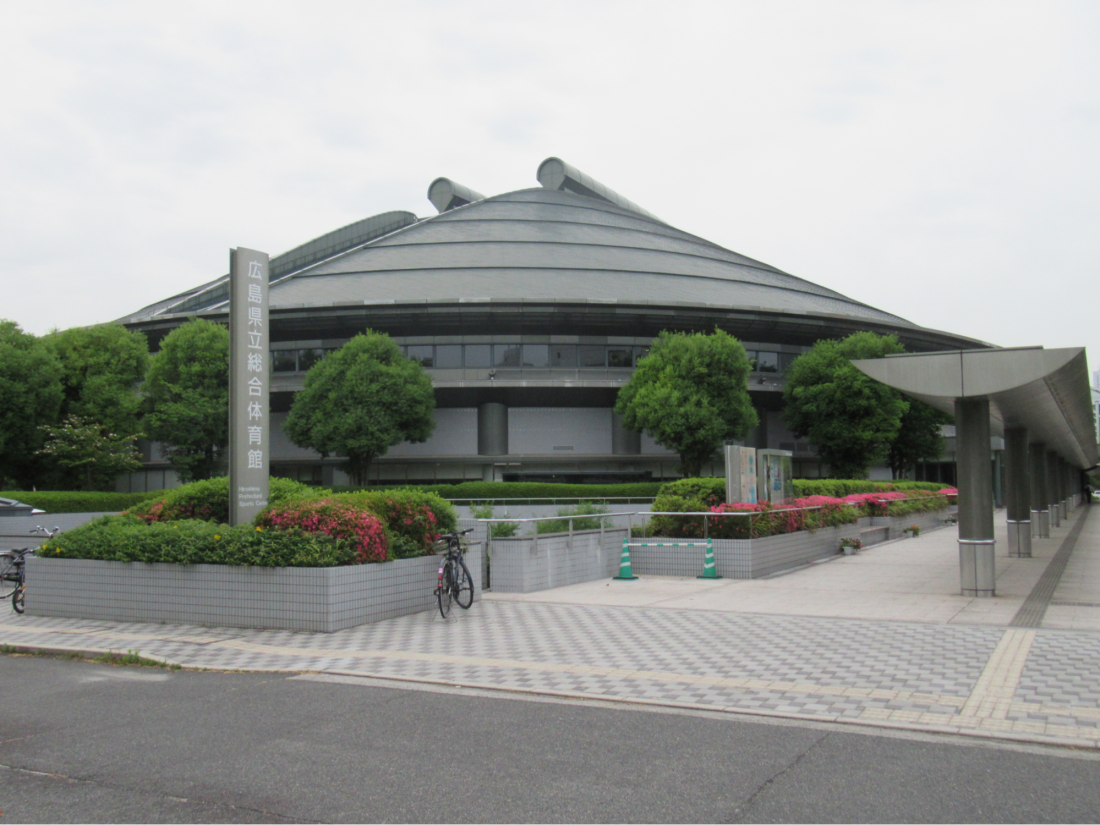
Another option is the Naka Ward Sports Center, which is not as centrally located, but still easily accessible by streetcar and possibly less crowded. From Hondori, take the number 1, 3, or 7 streetcar south towards Hiroden Honsha-mae. After getting off, turn right at the MaxValu supermarket, then hang an easy left onto the wide street lined with trees where you will soon find the sports center on your right. The fee to use the gym is cheaper here, and they also have a gymnasium where visitors can rent equipment to play badminton, ping pong, or volleyball for a set amount of time. Regardless of where you choose to get your workout in, though, remember that a pair of pristine, indoor sneakers is REQUIRED FOR ENTRY into any gym, and a separate change of clothes is highly recommended.
#7: Crack open a book
Accessibility – ★★★★☆
Duration – ★★★☆☆
Fun Factor – ★★★☆☆
Value – ★★★☆☆
Alas, rainy days are lazy days, so rather than get their blood pumping and make their muscles strong, some people would rather curl up with a good book in a quiet room to pass the time. Hiroshima sports libraries spread out all over the city, such as the Hiroshima City Central Library next to the Museum of Art, and the Hiroshima Manga Library near the Museum of Contemporary Art at the hilltop Hijiyama Park. There are books at these libraries in languages besides Japanese, and even if you can’t read a majority of the titles, for some works, the pictures may speak for themselves. Bear in mind that only those who live in the Greater Hiroshima metropolitan area can check out books, but even if you aren’t a resident here, feel free to take anything off the shelf and have a gander before returning it to its place.
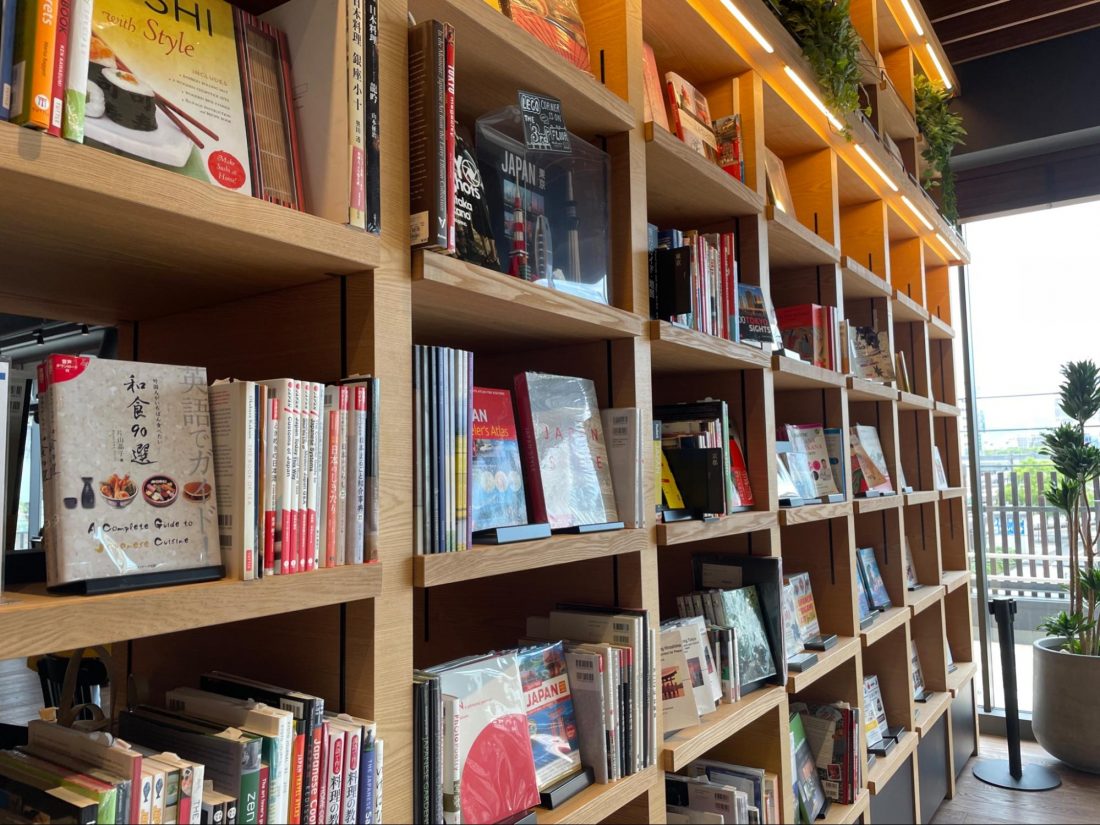

If you insist on taking home a book while in Japan, you might want to try a bookstore. Maruzen inside the LABI Hiroshima building is as quiet as a library, and also has a café tucked away on the seventh floor where patrons can take a break from reading, quietly work, or read their newly-purchased items. Furthermore, Maruzen has an extensive selection of novels and periodicals in English, as well as resources for learning Japanese and teaching English as a foreign language. For a more dynamic bookstore, you might want to check out Futaba Tosho, a chain store that sells stationery, music, movies, and video games in addition to books. Of note are the branch by Hiroshima Station–which is enormous and has an arcade and Internet café right above–and the Alpark location, which has an arcade right inside the store and a movie theater on top.
Moment of Joy: Work Hard, Play Hard

Of all the items on this list, bookstore visits are so easy I can even fit them into my workday. As a freelance language instructor, I sometimes have big gaps in between lessons that give me the opportunity to hit up the nearest shopping center to kill time. For instance, on days when I teach close to Alpark, I can get in a quick cardio workout with Dance Dance Revolution, have a snack at the café, learn something new from a book, and buy any necessary office supplies before heading to work, all at the same store. All work and no play makes me a dull boy, so I strive to exploit every opportunity to balance the two any day I can.
#6: See a movie
Accessibility – ★★★★★
Duration – ★★★☆☆
Fun Factor – ★★★★☆
Value – ★★☆☆☆
Ah, Movie Day, the classic inclement weather alternative activity, and luckily, such a plan is more than doable in Hiroshima. The nearest movie theaters in the city center are on the eighth floors of Tokyu Hands and the Fukuya department store in Hatchobori, but the options there are few and they tend to feature more obscure titles. For more well-known films, head over to Hiroshima Wald (pronounced “vald,” like the German word for “forest”) 11 at AEON Mall Hiroshima Fuchu or 109 (pronounced とおきゅう/Tokyu) Cinemas in the North Wing of Alpark. However, movie tickets in Japan are rather pricey and could possibly cost twice as much as they would in your home country, so if you insist on going to the cinema in Japan, I’d advise seeing a Japan-exclusive movie, though films with Japanese voices won’t have subtitles. Concessions include standard fare like popcorn, candy, and soda, but you may find a delicacy on the menu that doesn’t exist in your home country, such as ice cream crêpes or grape-flavored vinegar milk.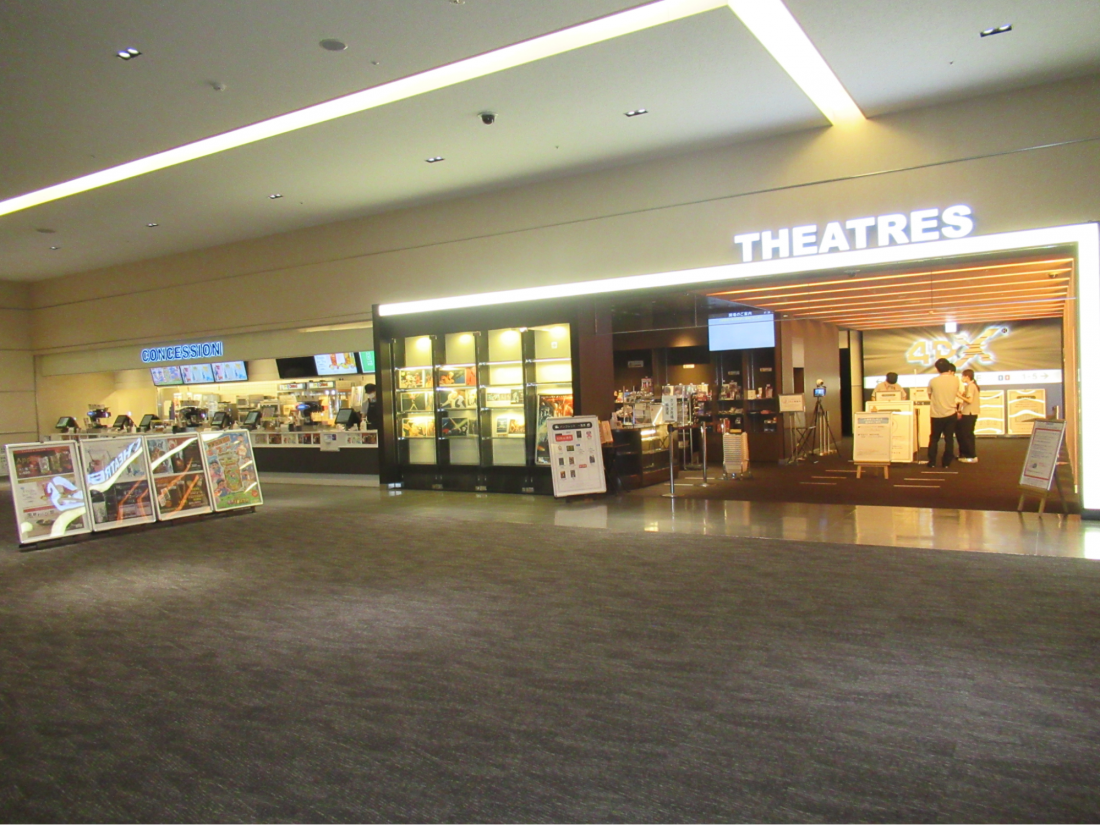
In addition to different snacks, there are also different rules at a Japanese cinema. Besides the obvious requests like turning off your cell phone (silent mode doesn’t count) and not talking during the movie, there is also assigned seating, so be sure to enter the theater early and find your seat before the room gets too dark. One other thing worth mentioning (technically not a rule, but a common courtesy here) is that Japanese moviegoers tend to remain seated until the absolute end, sitting through all the credits even if there’s no bonus scene and they can’t read the words, and leaving only once the video footage stops and the lights come back on. I used to think it was weird, but music during the credits is soothing anyway, so I adopted the same habit and wish it was a thing in other countries too.
#5: Tour a museum
Accessibility – ★★★★★
Duration – ★★★★☆
Fun Factor – ★★☆☆☆
Value – ★★★★☆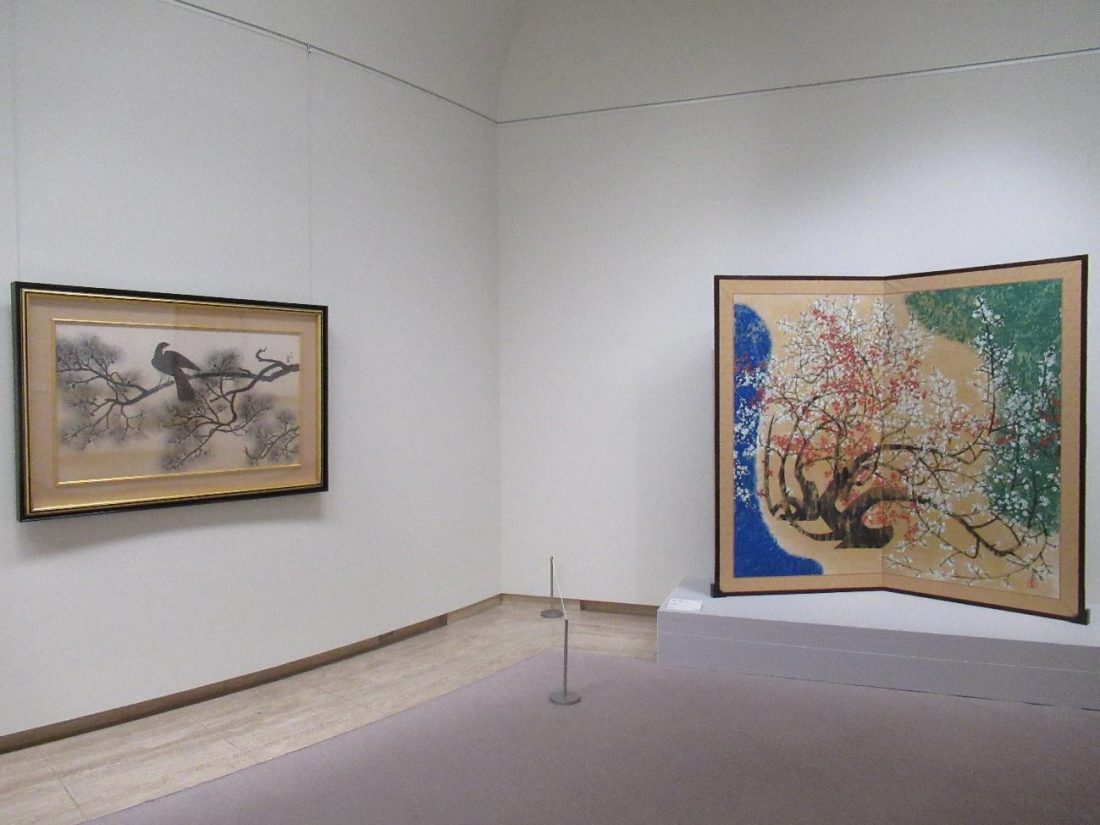
Hiroshima certainly doesn’t lack museums for a city of its size, and when downtown, tourists have a wide variety of options at their disposal. If you enjoy art and prefer someplace quiet, I’d recommend the Hiroshima Museum of Art or the Hiroshima Prefectural Art Museum. Between admiring the paintings and sculptures of historical and contemporary masters, visitors can take a break with a snack and beverage at the café while watching the raindrops pitter-patter at the windows and garden outside. Conversely, if you have rambunctious kids with you and long for something more stimulating and interactive, the Hiroshima Children’s Museum may be more your speed. This place is famous for its planetarium, which shows scientific videos aimed at children (in Japanese, of course), but as a parent you could potentially use that window of time to get some shut-eye in a comfy cinema chair while your kids are engrossed by the visuals. Regardless of your museum of choice, admission is affordable and lasts the entire day, and the exhibits are capable of holding one’s attention until the museums close and it’s time to go home.
#4: Surround yourself with water
Accessibility – ★★★★☆
Duration – ★★★★☆
Fun Factor – ★★★★★
Value – ★★★☆☆
If the day is wet and you’ve got travel companions demanding a more entertaining plan than the above ideas, look no further than the Marina Hop. Since you’re not going to escape the water falling on your heads, you might as well get on a number 3 bus by Hondori bound for the seaside amusement park and shopping center, complete with an aquarium and petting zoo. A one-day admission ticket allows unlimited re-entry on the same calendar day, so visitors can leave for lunch or a brief retail escapade before returning to stare at marine organisms once again. The Mariho Aquarium puts on at least two shows per day, so you could possibly catch both if you’re there from morning to evening. Themes vary, but I deeply enjoyed watching herbivorous fish that normally eat seaweed chow down on Japanese mustard spinach provided by the diver.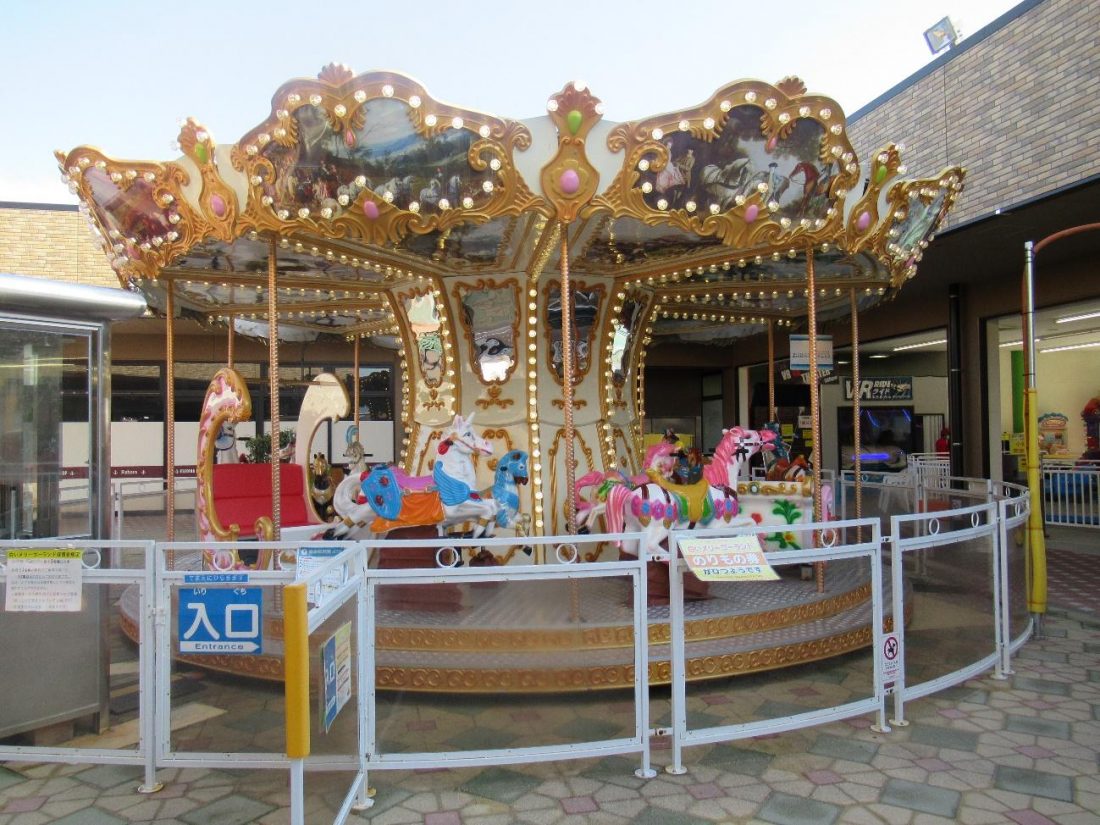
Rain on your parade doesn’t have to equate to foregoing the amusement park, as many rides at Marine Circus are covered. Your little ones can try out the battery-powered cars or pretend to ride a pony on the carousel, and so long as there isn’t a thunderstorm, the Ferris wheel is a viable option for all ages. The cost of rides will quickly add up if you’re there for a long time, however, so I’d still endorse the aquarium over all else. Top off the day with a gut-busting dinner at one of the scenic establishments, with the bill of fare ranging from a sushi buffet to yakiniku, from sizzling steaks to dim sum.
#3: Stuff your face
Accessibility – ★★★★★
Duration – ★★★☆☆
Fun Factor – ★★★★☆
Value – ★★★★★
Another way to combat the gray, chilly weather outside is to warm the body with loads of piping, hot food inside a cozy restaurant, especially if it’s an all-you-can-eat type of place. That would obviously include buffets, but beyond those are yakiniku, shabu-shabu, and Italian places where the servers constantly bring freshly baked bread to your table. In the case of yakiniku and shabu-shabu, patrons are sure to be enthralled by the concept of cooking their meat and veggies right before their very eyes, and if you happen to be dining in a larger group, rotating between cooking-and-serving duty and rushing to finish the morsels that incessantly spawn on one’s own plate makes for a busy meal that becomes a gastronomic sport in and of itself. Yakiniku and shabu-shabu share a lot of similarities, such as ordering large quantities of meat, rushing to prepare the plates of food one after another, and having a multitude of tiny dishes each filled with a different kind of sauce so that each bite tastes different. If you prefer the smoky, charcoal-grilled flavor of beef, pork, or chicken, yakiniku is what you’re after, but if you’d rather have your meat soaked in broth and accompanied by tender veggies and tofu, shabu-shabu might be your calling.
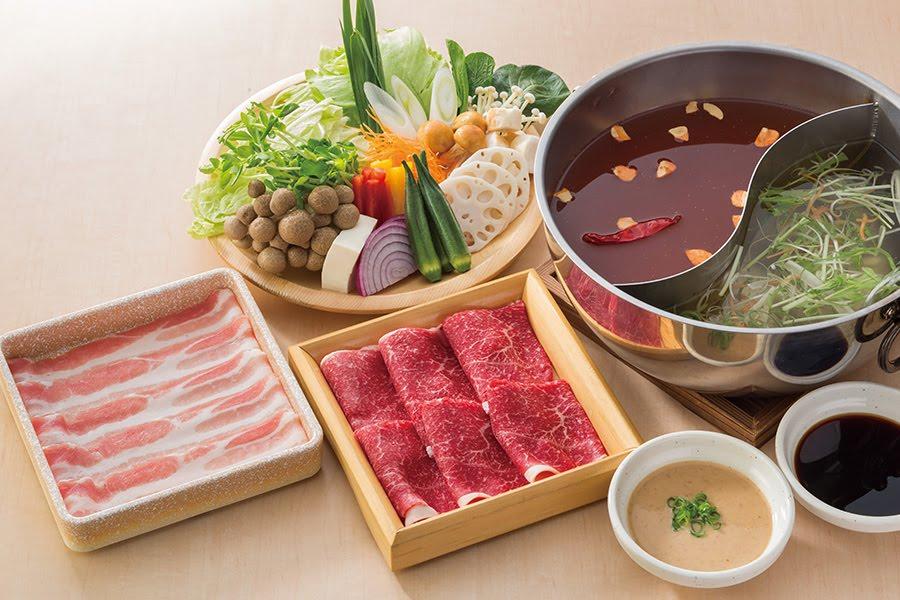
Choosing between the two is a true ordeal, but I tend to lean in the direction of shabu-shabu, with my go-to joint being right on Hondori. I get to pig out in a healthier manner, grabbing whatever vegetables I want in my hot pot, but the selections at the buffet extend beyond these raw ingredients. To make positively sure guests end the meal with a bloated belly, these establishments may feature sushi, curry and rice, and a full-fledged dessert bar to seal the deal. Some establishments may even be equipped with a waffle iron or a cotton candy spinner so that diners can even have a hand in preparing their own post-meal sweets! The only caveat is that all-you-can-eat places in Japan tend to put guests on a timer, and because you can only stay so long as you’re eating, you’ll have to spend the rest of your day elsewhere.
#2: Sing in the rain
Accessibility – ★★★★★
Duration – ★★★★★
Fun Factor – ★★★★☆
Value – ★★★★☆
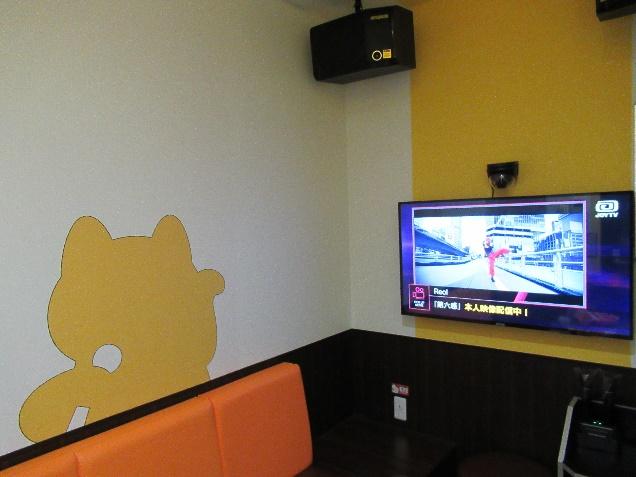
Since anybody who literally sings in the rain could possibly wind up with pneumonia, you might want to try figuratively singing your lungs out in the comfort of a karaoke parlor. Hiroshima City’s got no shortage of places like these, with a heavy concentration of them downtown that are open all day and night. Admission includes access to a drink bar and a private booth equipped with microphones, a song selection tablet, and sometimes a tambourine to add some flavor to your repertoire. Karaoke parlors charge by the hour, and you can keep extending your stay until you feel like hitting the sack or lose your voice. Liven up the party by ordering shareable food and extravagant cocktails, all delivered straight to your room, or if you like doing things the economical way, many karaoke parlors also allow outside food and drink to be brought onto the premises, so bring a backpack full of eats for even better times! Despite being associated with nightlife and weekends, karaoke parlors are better off visited on weekdays during the day when hourly rates are cheaper (while most normal people are at work and school), but if you truly wish to stay all day–and I mean for 24 hours–this tiny booth could theoretically act as your accommodation for the night as well. Nevertheless, that cramped space could get old fast and nobody can sing forever, so there’s no use constantly paying money to just sit there if your aim is to kill time.
#1: Lock yourself in
Accessibility – ★★★★★
Duration – ★★★★★
Fun Factor – ★★★★★
Value – ★★★★☆

If your true aim is to wait out the rain and you don’t feel like forking over money for admission, try a self-imposed lock-in in a building big and exciting enough to where one would absolutely need the whole day to experience it in its entirety. Two suitable ideas that come to mind are Round One if you insist on staying downtown and The Outlets Hiroshima if you don’t mind a bus trip from Nishi-Hiroshima Station. Both have an inexhaustible list of ways to have fun that your kids will be crazy about, as well as plenty of viable food options in the vicinity so that they’ll never have to stop playing for long. Round One’s got bowling lanes, batting cages, and karaoke booths on top of their myriad video games, whereas The Outlets challenges that with a trampoline park, an ice-skating rink, and a movie theater in addition to their expansive arcade, complete with virtual reality games and rides. I don’t recommend the food at Round One though, so your one reason to leave the facility would be to grab some decent grub. Conversely, The Outlets has aisles and oodles of awesome eateries, all of which warrant sampling and are just a few paces away from the aforementioned entertainment. It goes without saying that taking part in these riveting experiences will cost you, but finding a chair or bench on which to rest your weary body when you’re all tuckered out is easy and free of charge. The only drawback to these places is that they close eventually, but by the time that happens either the rain will have stopped too, or it’ll be bedtime, and if the rain continues tomorrow, three guesses as to where the kids will want to be.
Ending Explanation
What are your thoughts on this list? The rankings are based on some fairly subjective matters (Duration and Fun Factor will vary widely with everyone), so take the order with a grain of salt. You may have noticed that I left out shopping, an activity so complex it deserves its own article, but because shopping centers were prevalent throughout the list I decided not to confine them to a single space. Here’s hoping it doesn’t actually rain when you visit Hiroshima, but as forewarned is forearmed, you’d do well to have this list handy. With so many things to do in our city, no inclement weather should ever wash your plans away!




